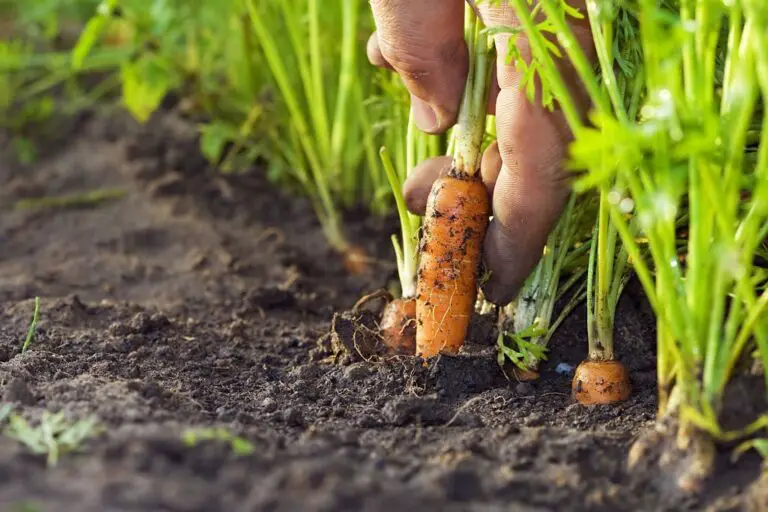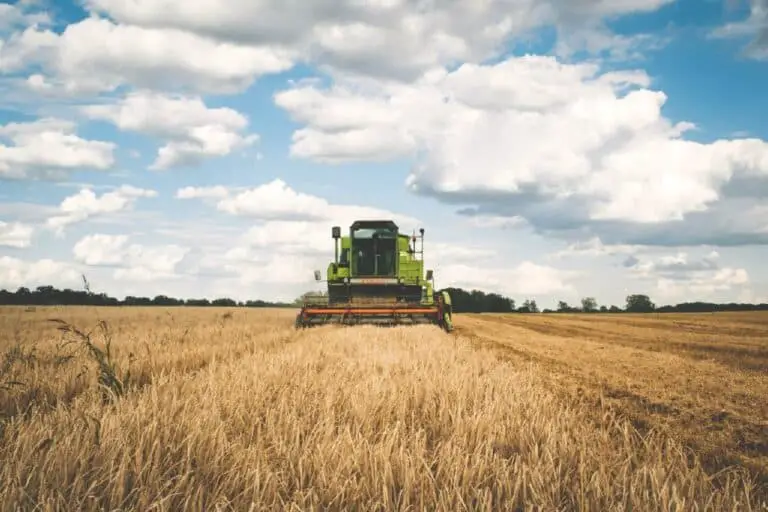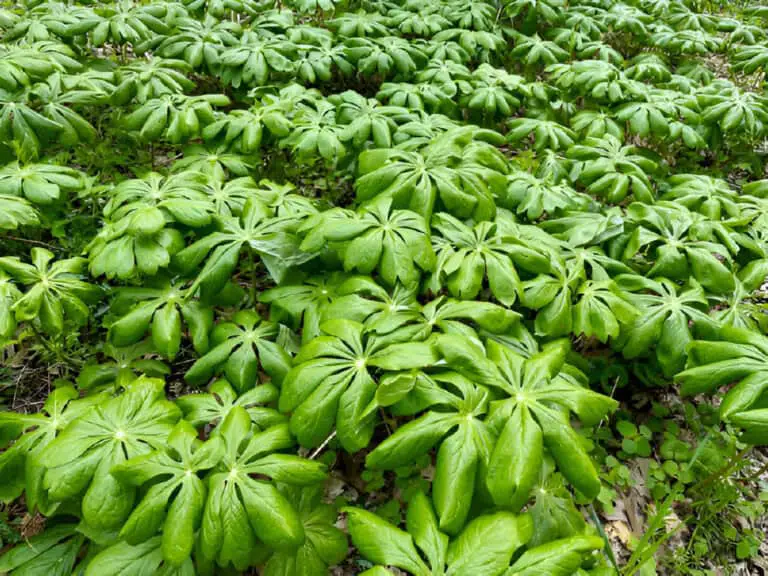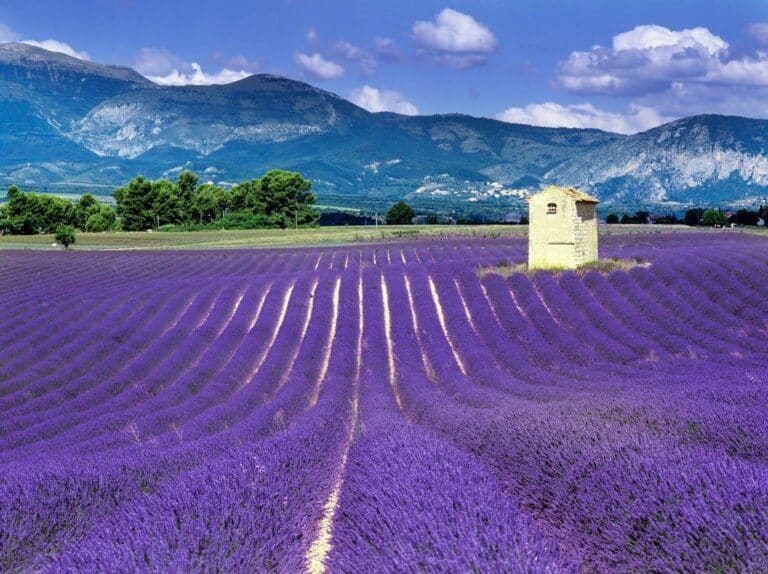Where Do Green Beans Grow? Best Place to Plant Green Beans
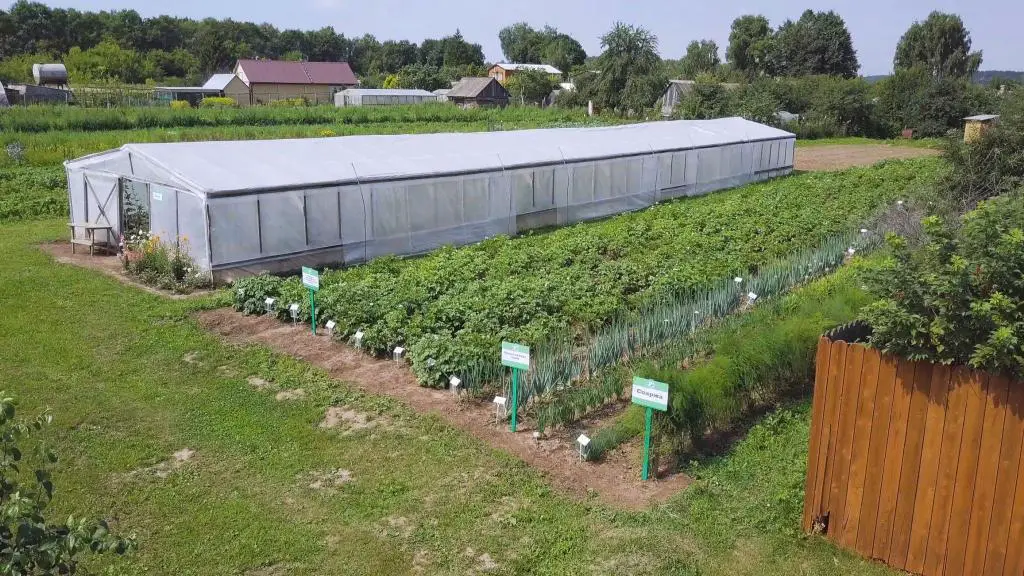
Green beans are a very popular vegetable that can be used in many different ways. They are also relatively easy to grow, and many people find it beneficial to cultivate them at home.
In this article, we will find out where green beans grow. We compiled a list of the major exporting countries for green beans. In addition to that, we look at the major states in the US that contribute to the production of green beans.
If you want to grow your own green beans, you will also benefit from this article. We provide tips, requirements, and considerations that should be made when choosing the right location as the best place to plant your own green beans.
Where Do Green Beans Come From?
Mesoamerica is where green beans came from. Bean pods found in Peru date back to 7,000 B.C. Beans were then spread through indigenous populations moving around and eventually found their way through the modern Mexico-America border, where beans, along with squash and corn, became staple crops for Native Americans throughout modern-day America.
The three crops are known as the “Three Sisters.” They are companion plants that grow well together and fit together nutritionally. These three plants are also the ones that could adapt to northern climates and shorter growing seasons.
Around the time of Columbus in the 1490s, green beans were brought back to Europe and quickly became popular around the Mediterranean countries of Italy, Greece, and Turkey.
Once called “string beans,” modern green bean varieties have been bred to get rid of this fibrous string that runs the length of the pod. Calvin Keeney, who developed the stringless bean for Burpee in 1889, was the first grower to do so.
What Countries Grow Green Beans?
Beans may be cultivated year-round since their production is independent of daylight hours. However, it, like many vegetables, cannot withstand freezing.
In many northern countries, the growing season is short and specific, and it lasts until the fall. Countries that are closer to the equator have a much longer growing season and, as a result, a much longer time to sell their goods.
Since picking green beans is hard work and making them costs a lot of money, production has moved from developed to developing countries.
China is by far the largest green bean producing country, growing more than 10 times as many beans as the second-largest green bean producing country, Indonesia, in 2019. The third-most green bean producing country is India, followed by Turkey, Thailand, Egypt, Italy, Morocco, Spain, and Bangladesh.
Along with Guatemala and Costa Rica, Mexico is one of the biggest suppliers in Central America. Colombia and Ecuador also have a big impact on the international green bean market.
In Africa, Egypt is known for its production of green beans and exports them regularly to Europe and North America. Other African nations like Ethiopia, Kenya, Uganda, and Tanzania also send a lot of green beans to markets around the world.
What States Grow Green Beans in the US?
Wisconsin grows the most green beans in the US. It grows 37% of all the green beans grown in the country. New York, Michigan, Illinois, Florida, Georgia, Tennessee, California, Oregon, and Pennsylvania are additional states that cultivate green beans.
A Wisconsin farmer attributed the state’s large amount of green bean production to processing plants that sprang up in the early 1900s to process the green beans grown at the time.
Most green beans being grown are canned or frozen, so proximity to a processing center is important.
Are Green Beans Easy To Grow?
Are green beans easy to grow? Absolutely! Green beans are a popular and delicious vegetable that can be grown in almost any climate.
They are known for their fast growth, hardiness, and versatility. Green beans are one of the most popular vegetables to grow at home due to the fact that they don’t require much maintenance or special care.
Plus, this vegetable is incredibly rich in nutrients and can be cooked in many different ways, making it a great addition to any meal.
Green bean plants generally thrive in high-quality soil with good drainage and plenty of sunlight.
Also, green beans grow well in containers. Even people who don’t have access to outdoor space can easily grow their own green beans at home without a lot of extra work or trouble.
Temperature and Climate to Grow Green Bean
Growing green beans is not as hard as it may seem, but understanding the climate and temperature requirements for successful production is key to a good yield.
Green beans are a warm-weather crop. The best range of temperatures for growing green beans is between 65 and 85 degrees Fahrenheit, and the temperature at night should not drop below 60 degrees. Anything below this range can cause stunted growth, which will lead to fewer bean yields.
This temperature requirement makes them ideal for growing outdoors during the summer months, when temperatures tend to stay warm longer.
If the climate where you live does not meet these requirements, then consider using a greenhouse or cold frame to create your desired conditions. Additionally, if the weather has become too hot or too cold during the growing season, you can use shade cloths to help protect your plants from extreme temperatures.
When it comes to humidity, keep an eye on levels around 50–70%. Too much or too little humidity can cause mold and other diseases to form on your plants.
Growing Green Beans In Fields Vs. Greenhouses
Most green beans grown in fields will be canned or frozen after harvest time. The amount of field green beans grown in a given area is strongly related to the amount of processing space available in that area.
In greenhouses, pole varieties are grown mainly for fresh consumption. These are commonly grown in the early spring or late fall. Varieties that do well indoors are the French pole bean and yardlong beans.
Growing green beans either in fields or greenhouses has its own advantages and disadvantages.
Growing green beans in a field has many benefits, such as access to natural sunlight and rain. This may lead to pods that are bigger and taste better than those grown in a greenhouse with artificial light.
Furthermore, there is no need for additional resources such as energy-intensive cooling systems to maintain optimal temperatures. On the other hand, growing outside is hard because the weather is hard to predict and can damage crops. It’s also hard to keep pests or diseases from spreading quickly across the field.
Best Place to Plant Green Beans
Where should I plant my beans?
When deciding where to plant your beans, there are a few factors that should be taken into consideration.
Firstly, the type of soil you have in your garden is important for bean growth. Beans need nutrient-rich soil in order to thrive and produce healthy plants.
Secondly, make sure the area where you intend to plant your beans receives enough sunlight throughout the day. Beans need at least six hours of direct sunlight each day for proper growth and development.
Lastly, consider how much space you have available for planting beans. If you don’t want overcrowding to occur, it’s best to space out each row of bean plants by 18 inches or more.
Planting beans doesn’t have to be complicated, but following these tips on growing green beans will help ensure that they grow properly and yield a bountiful harvest at the end of the season!
Green beans like good drainage, so if you have clay soil, be sure to amend it extensively with well-rotted compost to increase drainage, soil condition, and nutrients.
Soil Texture and Conditions to Plant Green Beans
Beans are not picky about the soil they grow in and do well in almost any type of soil. Like most vegetables, they do best in loamy soil that’s rich in organic matter.
Sand, silt, and clay combine to make loamy soil. The three materials have different-sized particles that create space between them, allowing air, water, and roots to easily travel through loamy soil.
The benefit of purchasing potting soil is that it is already the ideal growing medium. In most cases, if you’re using bagged potting soil, you will not need fertilizer for a whole growing season.
Here are two great options for potting soil. A standard potting soil from Miracle-Gro and an organic option from Organic Plant Magic.
Soil pH Range to Plant Green Beans
Beans will grow in a soil pH range of 5.5–7.5, but the ideal range is 6.0–6.5. Plants cannot utilize the nutrients in the soil if the soil’s pH is too alkaline or acidic.
The most common way to change the PH level of the soil is by adding sulfur or lime, but this is a time-consuming process that takes about a year for every point.
Compost and Fertilizer to Grow Green Beans
Compost and organic material make sandy soil more water- and nutrient-retentive, and heavy clay soil drains better and is looser for roots, air, and water to move through. Organic matter also adds nutrients and beneficial bacteria to the soil.
The big three nutrients in soils are listed on fertilizers as N-P-K, Nitrogen-Phosphorus-Potassium. After the main three nutrients come sulfur, calcium, magnesium, and other trace minerals. This home test kit will tell you the 13 nutrient levels in your soil and the soil PH.
| If you want access to large amounts of compost, it’s a great idea to call your local government or city workers and find out if they have mulch piles. You should be able to find access to huge amounts of mulch that come from the city collecting leaves and grass clippings. |

